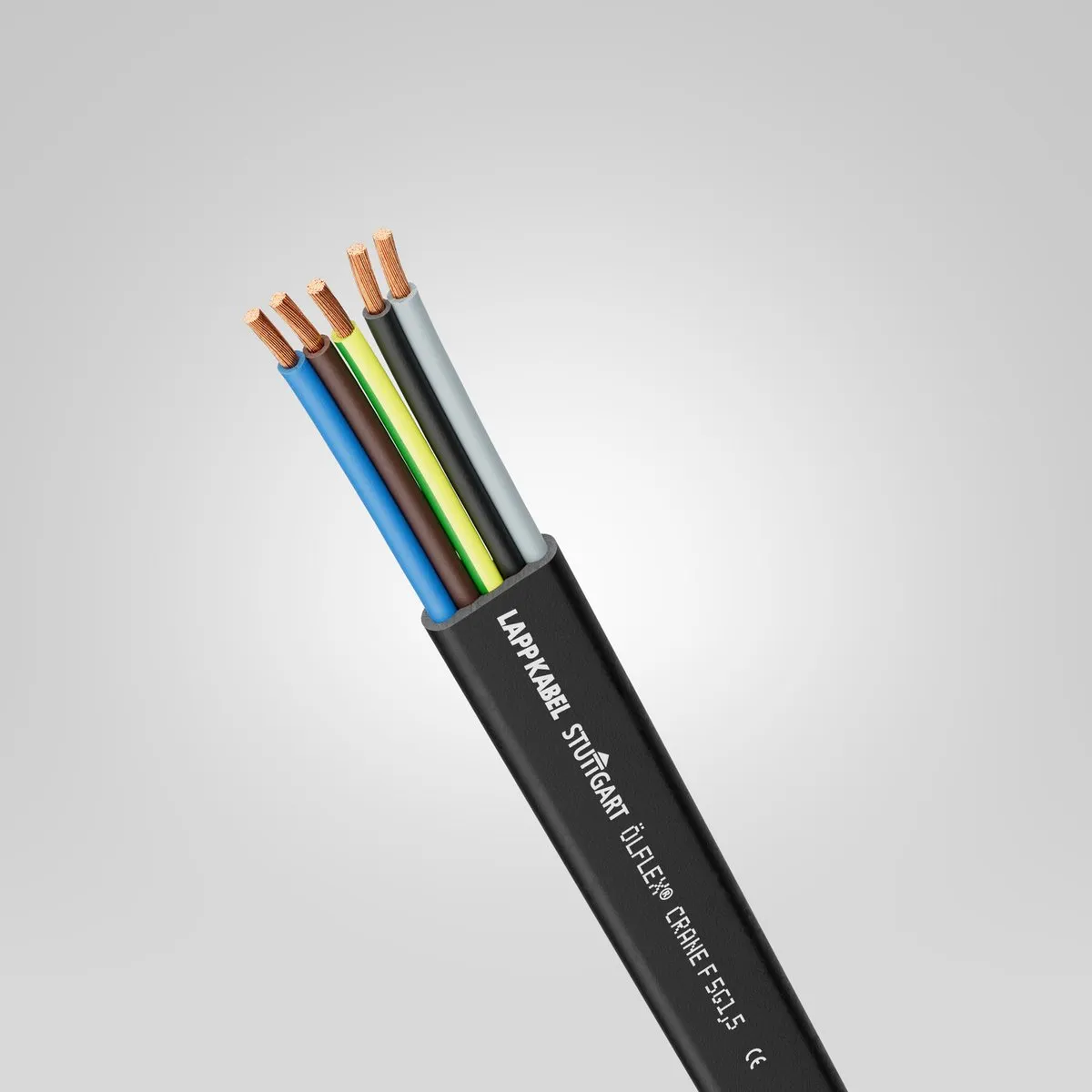Cranes are essential pieces of equipment in many industrial, construction, and shipping applications. They rely on specialized electrical power cables, particularly flat power cables, which are designed to endure constant motion, bending, and harsh environments. Over time, these cables may suffer damage or wear, leading to the question: Can you splice a crane flat power cable? The answer is complex and depends on safety regulations, cable integrity, and long-term functionality.
Understanding Crane Flat Power Cables
Crane flat power cables are specifically engineered for applications requiring flexibility and durability. Unlike round cables, flat cables are preferred for moving machinery, such as overhead cranes, hoists, and festoon systems, because they can bend easily in one plane without tangling. These cables are typically reinforced to withstand mechanical stress, oil exposure, extreme temperatures, and UV radiation.
Reasons for Splicing a Crane Flat Power Cable
Splicing a crane flat power cable may become necessary under the following circumstances:
- Physical Damage—The cable may suffer cuts, abrasions, or insulation damage due to sharp objects or heavy impacts.
- Wear and Tear—Continuous flexing and movement can degrade the cable insulation and conductors over time.
- Emergency Repairs—In cases where replacing an entire cable is not feasible due to time constraints or cost, a splice may serve as a temporary solution.
- Extending Cable Length—If an extension is needed for operational purposes, splicing may be considered instead of replacing the entire cable.
Challenges of Splicing Crane Flat Power Cables
While splicing may seem like a viable solution, several challenges must be addressed:
- Electrical Integrity—Spliced cables must maintain proper electrical conductivity and resistance to prevent voltage drops or overheating.
- Mechanical Strength—The splice should not introduce weak points where the cable could break under tension or movement.
- Flexibility—The repaired section should retain the original flexibility to avoid mechanical failure during operation.
- Environmental Resistance—The splice should be resistant to moisture, oil, chemicals, and UV exposure.
- Safety Compliance—Electrical codes and industrial safety regulations may prohibit or restrict splicing in high-risk environments.
Methods for Splicing Crane Flat Power Cables
If splicing is permitted and necessary, the following methods may be used:
1. Heat-Shrink Splicing
This method involves:
- Stripping the damaged section and exposing the conductors.
- Using crimp connectors or soldering to join the conductors.
- Applying heat-shrink tubing over each joint for insulation.
- Cover the entire splice with additional heat-shrink tubing or protective tape.
Pros:
- Provides a moisture-resistant and durable seal.
- Commonly available materials.
Cons:
- Can be inflexible, depending on the materials used.
- May not be suitable for heavy-duty industrial applications.
2. Mechanical Connectors with Protective Enclosures
- Uses insulated mechanical connectors to join conductors.
- The entire splice is enclosed in a protective junction box or molded enclosure.
Pros:
- Provides better mechanical protection.
- More durable for industrial applications.
Cons:
- Requires more space and may not fit in tight areas.
3. Cold Shrink Splicing
- It is similar to heat-shrink splicing but uses cold shrink tubing instead.
- Tubing contracts around the splice when the inner core is removed.
Pros:
- No heat is required.
- Maintains flexibility.
Cons:
- It may not provide sufficient mechanical strength for moving crane applications.
Regulations and Manufacturer Guidelines
Many electrical and safety codes restrict or prohibit splicing crane flat power cables, particularly in overhead lifting equipment, due to safety concerns. The National Electrical Code (NEC) and Occupational Safety and Health Administration (OSHA) have stringent regulations for electrical wiring in industrial settings. Additionally, most crane manufacturers advise against splicing, as it can compromise cable integrity and warranty coverage.
Alternative Solutions
Instead of splicing, consider these alternatives:
- Replacing the Cable—This is the most reliable and safest option.
- Using Quick-Disconnect Connectors—These allow for easier cable changes without splicing.
- Rewiring with New Sections—If a specific section is damaged, it may be possible to replace just that segment while maintaining factory terminations.
Conclusion
While splicing a crane flat power cable is technically possible, it is generally not recommended due to safety concerns, mechanical stress, and regulatory restrictions. If splicing must be done, it should only be performed using proper techniques and materials that ensure electrical and mechanical integrity. However, in most cases, replacing the cable is the safest and most effective solution to maintain crane performance and workplace safety.

